5 ways to collect honest employee feedback

Discover Workleap Officevibe's benchmark report on 12 key employee engagement metrics

Collecting employee feedback is a key part of maintaining your team’s health and growing as a manager. Whether it’s positive, negative, or constructive feedback, effective communication channels allow you to keep a pulse on what's enabling or blocking your team’s success and overall employee happiness.
When you collect feedback you can offer support and realign team goals and priorities. This is what distinguishes a good leader from a great one: being open and adaptable to the needs of your team, and making employee satisfaction a priority.
So, how do you get employee feedback? There are several avenues for soliciting employee feedback, each with important benefits. Discover five ways you can collect honest feedback from your employees to improve your team’s workplace experience.
A feedback-positive culture
The most successful organizations are those that foster a safe and inclusive company culture where employees can express their opinions and concerns candidly. This means being open to receiving feedback, and demonstrating that employee opinions are valued.
How to build a feedback-positive culture
- Let employees know their opinions matter: You built your team of bright minds because you believe in them. Tell employees that sharing their ideas, questions, and perspectives contributes to their collective success. Encourage them to exchange feedback among themselves and build on each other's suggestions.
- Practice being open and curious: Negative feedback or constructive criticism can feel like an attack. If you notice a defensive wall going up, ask a question or repeat what you've heard back to the other person. When people elaborate on their feedback, you both understand better what it means and how to proceed with it.
- Turn insights into action, and give credit: Find ways to implement the feedback you receive and brainstorm with employees about how you can apply it in your team's workflow. Thank your team for their input, and give employees recognition for the efforts they put into developing solutions.
How you solicit —and how you receive constructive feedback—sets the tone for your team. Lead by example and make exchanging ideas a positive, collaborative way to improve team dynamics and performance. This will amplify both the quality of the feedback you receive and how you apply it.
Honest feedback loops between management and employees
Workplace communication is a two-way street. For a team to thrive, management should excel at giving constructive feedback to boost efficiency, but should also master the art of how to get feedback from employees to improve the overall employee experience.
By building and enabling a continuous feedback loop where comments and concerns are analyzed, you can make informed decisions to support your team and encourage innovation, productivity, and creativity.
Collect employee feedback using pulse surveys
Pulse surveys are one of the best ways to maintain a high-level view of what your team needs and feels in real-time. Pulse surveys let you spot fluctuations quickly and are especially helpful for remote or distributed teams where managers are at risk of losing touch with their teams.
Keeping a pulse on employee happiness and satisfaction with a weekly or bi-weekly employee feedback survey helps you understand how your employees feel and stay connected with your team members by discovering sore spots before they lead to larger challenges.
How do pulse surveys work?
Employees respond to a select few targeted questions more frequently than with more traditional models like annual or even quarterly employee feedback surveys. This not only lightens the workflow for your team members, but it also provides you with more accurate insights by collecting it regularly, rather than just once or a few times a year.
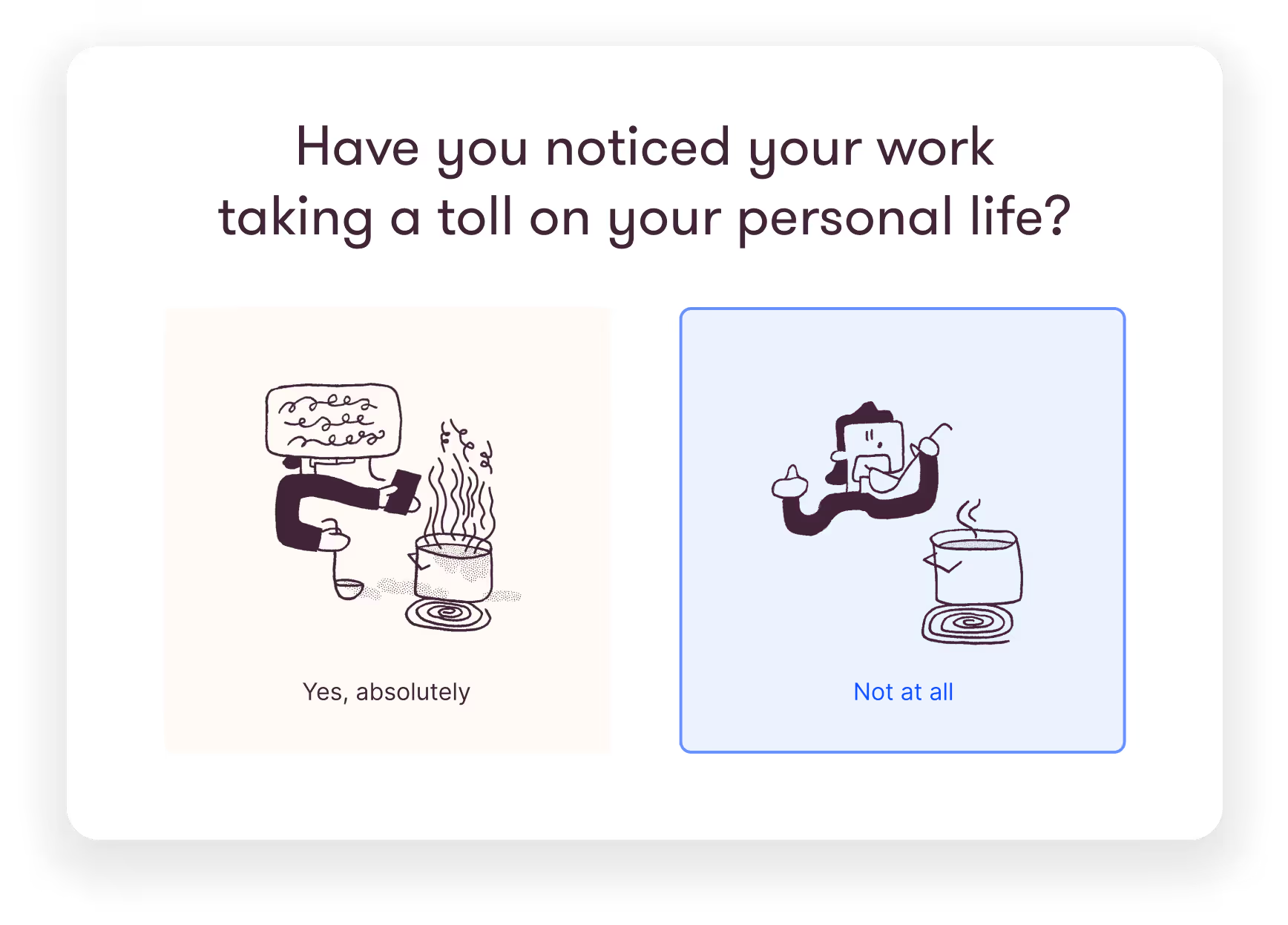
Most pulse survey platforms, like Officevibe, will synthesize data into a simple, digestible report, so you can take action when issues arise and show your team you're taking their feedback to heart.
When to use employee surveys/pulse surveys
Use surveys on an ongoing basis. A key benefit of pulse survey software is its consistency, which allows you to track trends on 10 metrics and 26 sub-metrics of employee engagement, like recognition, wellness, or manager-employee relationships. Pulse surveys are an excellent way to collect employee feedback regularly and implement meaningful changes in real-time.
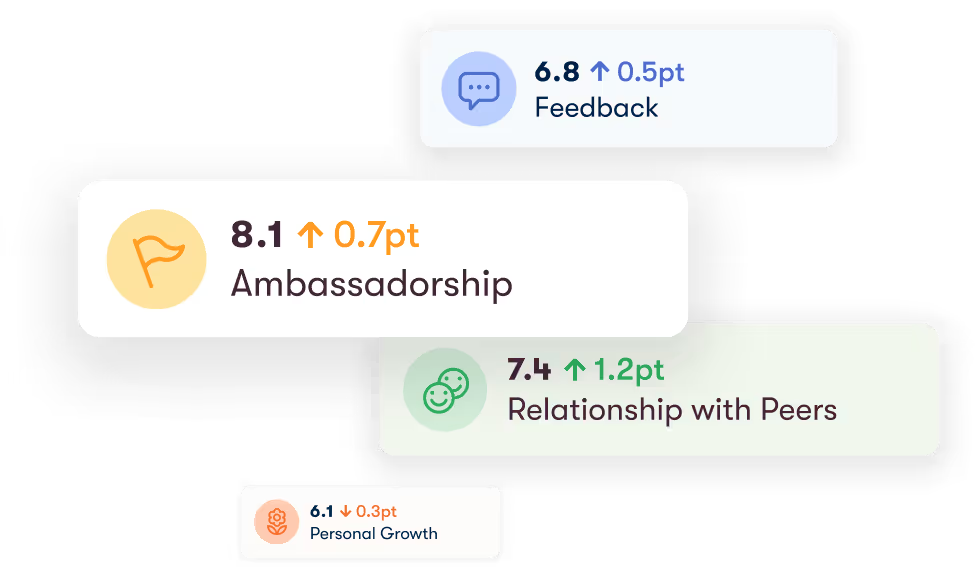
Regular one-on-one meetings
Connecting individually with your employees on a regular basis is fundamental to establishing a healthy and productive work environment. One-on-one meetings paint the perfect scene for giving and collecting feedback from employees and help create a feedback culture on your team.
A question as simple as “what can I do to help you this week?” can reveal insights that might help you better support your team. When people are comfortable sharing their thoughts with you directly, fewer surprises arise, and you're better equipped to make adjustments when necessary.
Officevibe's one-on-one software makes building collaborative agendas simple, so you and your direct report can add talking points ahead of your team meetings. This lets you both bring up what's on your mind while allowing your employee to come to the meeting prepared.
If you're not sure what questions to ask during one-on-ones, you can always select from conversation prompts available on the platform, or check out your list of notes and action items to follow up on what you discussed last time.
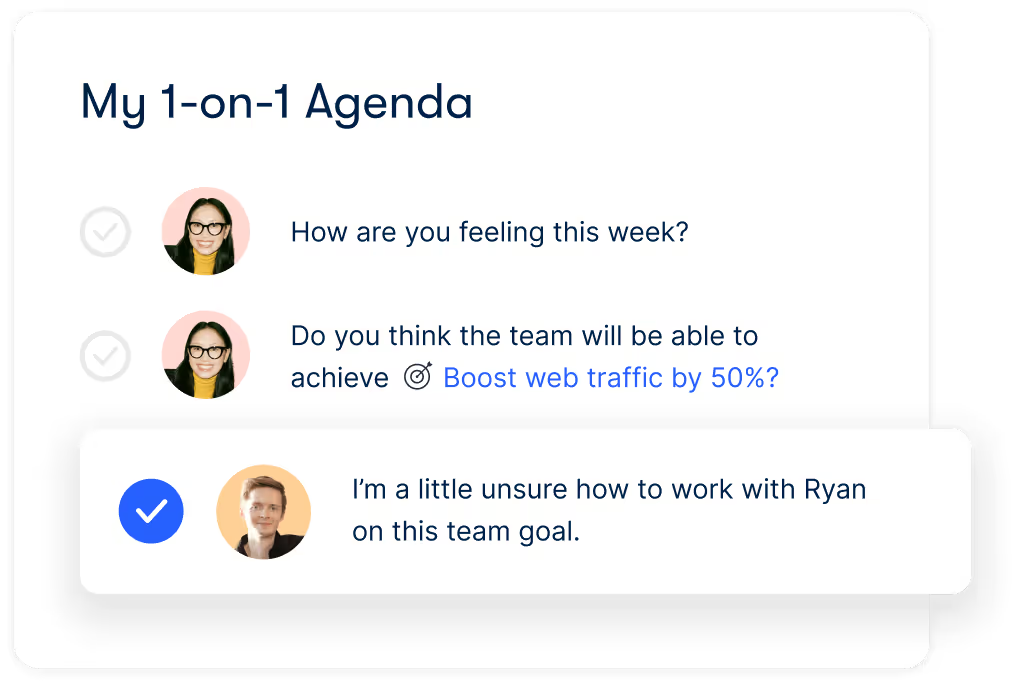
{emphasize}
When to have one-on-one meetings:
At regular intervals. Whether that means weekly or monthly will depend on your team's context. The important thing is that you have recurring one on ones with every team member where you can exchange feedback. Be fully present during these conversations, set clear action items, and follow up in your next scheduled team meetings.{emphasize}
Anonymous feedback methods
Anonymous feedback channels come in different shapes and sizes but all have one thing in common: they provide employees with a safe space to share their honest thoughts, questions, and ideas directly with their managers in a remote setting.
Whether it’s a traditional suggestion box or comments on a public review site, receiving anonymous feedback opens up conversations that might not otherwise happen between employees and managers.
Don't stop short at collecting anonymous feedback—let employees know that they are heard, and turn it into a discussion. Share how you plan to take action on their feedback whenever possible.
With Officevibe's anonymous employee feedback software, a secure chat is created each time feedback is submitted. This way employees can have a two-way conversation with their manager while maintaining anonymity. Officevibe creates a direct line to provide feedback, and the usage speaks for itself: in one year, employees submitted 2.1 million anonymous feedback messages to their managers using Officevibe.
In one year, employees submitted 2.1 million anonymous feedback messages to managers using Officevibe.
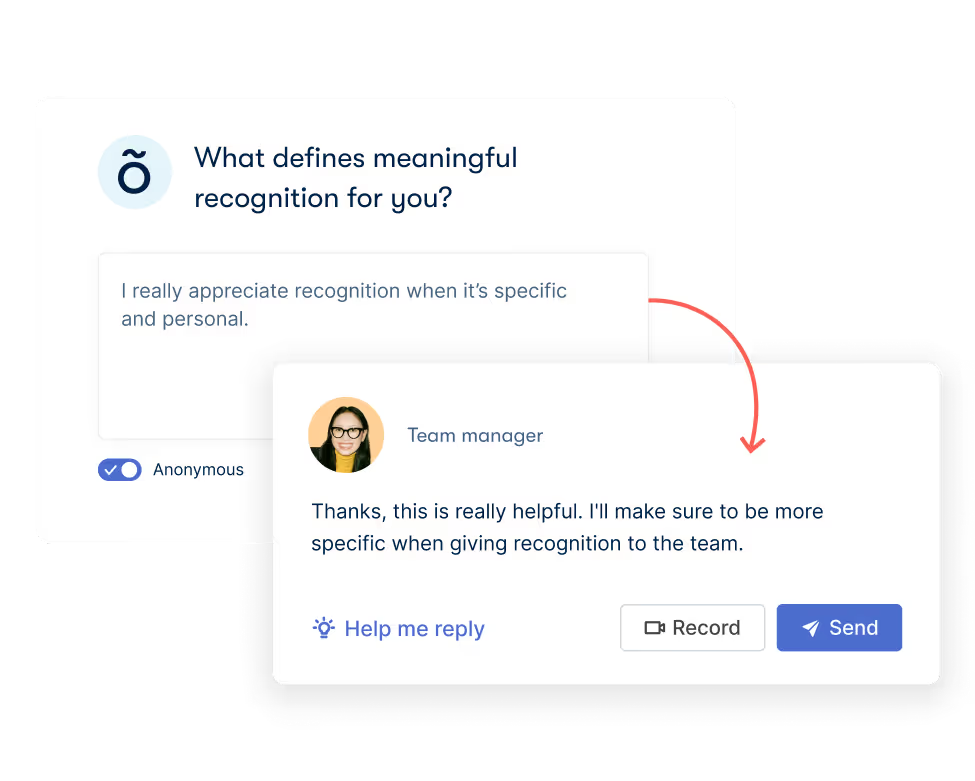
{emphasize}
When to use anonymous feedback:
Any time. The option for anonymity should always be available so employees know that they can ask any question or raise any concern without having to identify themselves. It could be to address a sensitive subject, offer constructive feedback, or simply share an idea. Being able to do so anonymously can give employees the confidence to speak up.
Check out more examples of employee feedback.{emphasize}
Custom employee feedback surveys
A customized employee survey gets you the specific, real-time feedback you need to understand your team's feelings around a particular topic. Anonymity is a key feature of custom feedback surveys. These surveys can touch on personal or sensitive subjects, team dynamics, company decisions, or contentious issues. Making it safer for employees to share their honest feedback with anonymous employee surveys paints a more accurate picture of the tensions and concerns that exist on your team.
It's important to know how your team reacts to big events, like changes in strategy, staff turnover, or restructuring. Similarly, it's important to have a starting point when you want to address issues like diversity and inclusion or your team’s happiness within a remote context.
That's where Officevibe's Custom Polls come in. You can create your own or select from dozens of expert-built templates where your employees maintain their anonymity. The data is then compiled for you directly in Officevibe.
{emphasize}When to use a custom employee survey:
Addressing changes, events, or other specific topics. If your team just had a big win, you can better understand what drove their success. If they're facing a challenge, you can uncover any uncertainties or concerns.
Whether you use one, all, or a combination of these methods to collect employee feedback, the most important thing is that your team members feel heard. Soliciting feedback from your employees shows that you care, and contribute to the ongoing development of your team. {emphasize}
Other ways to collect employee feedback
If the traditional suggestion box or annual surveys don’t fit with your management style, there are many other ways you can hear from your employees and keep in tune with your team. You can get creative with your communication methods and test out different innovative ways to collect employee feedback.
Conduct stay interviews
Periodically checking in on your team and gauging how your employees feel can make all the difference in reducing unfortunate employee turnover. If an employee tells you that they are thinking of making the switch to another team or that they have received an external offer, hold a stay interview to see what you can do to best support them and motivate them to remain on the team.
{emphasize}💡Tip: Ask the right stay interview questions to improve employee satisfaction and enhance the employee experience.{emphasize}
Carry out exit interviews
Occasionally there’s just no way around it; despite your best efforts, some of your most talented employees will leave for new professional opportunities. Conducting exit interviews allows management to dive deeper into what challenges arose during their time on your team, increases employee engagement for your current team, and can help you improve the employee experience for future hires.
Find the best way to collect employee feedback for your team
There are myriad ways to get feedback from your team, but it’s important to know which methods will work for your people. While some employees will feel at ease offering candid feedback in team meetings, some might opt for the comfort and ease of a more private anonymous survey.
With Officevibe, you can gather feedback from your employees and create a safe space for your team to communicate their thoughts at their own pace thanks to the software’s intuitive easy-to-use platform.
Give HR and managers the clarity, confidence, and connection to lead better every day.


%20(1).avif)


.avif)
.avif)
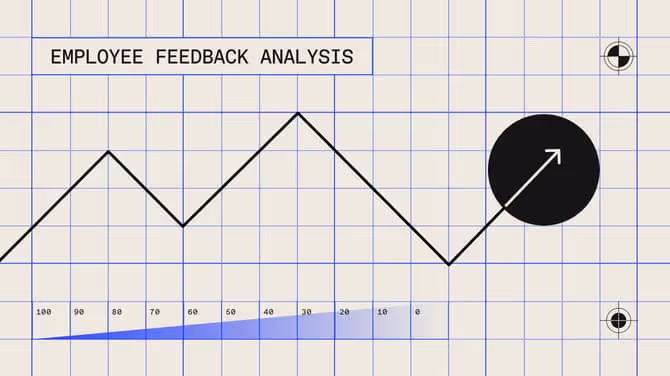







.avif)